GT Racing Has Improved Due to Hidden Revolution
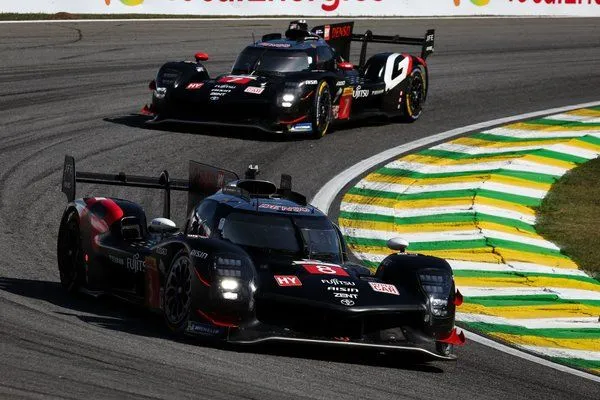
In recent years, disputes over Balance of Performance and allegations of sandbagging have been an almost continuous aspect of GT racing. The World Endurance Championship's sports laws prohibit open discussion of the BoP, but that's not the only reason complaints have significantly decreased this year because LMGT3 took the role of GTE Am.
Torque meter sensors, which have been used since the Hypercar class's inception in 2021 and have now moved into the GT domain, are now supplied by MagCanica to the FIA. By measuring torque from the driveshaft, they enable real-time power output monitoring, allowing the FIA and co-legislator Automobile Club de l'Ouest to see any spikes that exceed the limits specified in the BoP. Penalties are used to enforce this, as seen by Toyota's #8 Le Mans Hypercar in Spa in May.
In the past, achieving parity required using engine maps on the dyno. However, Xavier Mestelan Pinon, the chief technical and safety officer of the FIA, stated that this method was "more or less impossible to be very accurate" due to the challenge of covering all potential atmospheric conditions. In contrast, he says that using torque sensors is "the best way to have the right accuracy."
Likewise, it eliminates any profits that may be obtained from sandbagging. When the FIA is able to know the precise power statistics that manufacturers are achieving, they will have no way to request changes to the BoP.

Head of performance at Aston Martin Racing Gus Beteli states, "The most important thing is to make sure you're on your power target all the time, without going over and getting a penalty or without being under and being slow." It's difficult to stay on top of things and provide your best effort without getting in trouble. After reviewing the data, the FIA will determine whether or not you are attaining the power. You're slower if you're not achieving the power limit.
The process of thoroughly calibrating the sensors has taken some time. Beteli characterizes the procedure as "not easy," but it has been difficult even for manufacturers who can rely on Hypercar's past experience.
In addition to relying on the LMDh program of sister GM brand Cadillac, Corvette already had experience with torque sensors from the C8.R GTE vehicle, which allowed it to compete in the GTD Pro class of the IMSA SportsCar Championship against GT3 cars in modified form. According to Ben Johnson, technical director of Pratt Miller, the company that makes the Corvette Z06 GT3.R, there was "still a learning curve" because of how sensitive the car was to the road, how it handled bumps, and how the engine responded.
But the hill has leveled off as you drive farther. Johnson said that Corvette was "confident to race from Test Day onwards" at Le Mans after attempts to "push it as far as you can, then bring it back to where you're confident it's going to be legal" were refined to a fine point. As torque sensors have reached a certain level of maturity, manufacturers acknowledge that this is a positive development. The FIA has reportedly boosted its staff in order to oversee and regulate these sensors.
According to Beteli, "it's been a lot better than what it used to be." "Acknowledgment is due to the FIA and ACO for their excellent performance and data management. Every race, we have meetings to talk about.
Torque sensors, according to Mestelan Pinon, are "a very important tool" for maintaining the BoP as well as for regulating power output, which disincentivizes spending on new innovations in order to keep expenses under control. "It's obvious that WEC is trying to stop manufacturers from deciding to develop crazy technologies related to internal combustion engines," he states.
As Mestelan Pinon notes, "We are working with Formula E, Formula 1 of course, in the very near future in cross country also" for Ultimate group entrants in the World Rally-Raid Championship, this goal is served outside of the WEC. Additionally "on the table" is adoption into the World Rally Championship beginning in 2027.
Although the elimination of the requirement for engine performance tests during the homologation process lowers costs for WEC competitors, he concedes that torque sensors are too costly to be taken into consideration for grassroots series and believes that "honestly we don't need that" outside of professional championships.
Beteli concurs, saying that "the entire development process, in addition to the cost of the driveshaft and sensor, makes it an expensive piece of technology." However, as technology advances, it would be advantageous undoubtedly if it could be made more affordable so that everyone could use it. You may also read this: Ferrari Accepts Power Gain From Wec Engine
Reliability has improved, but cost is still a deterrent to broader use, as Mestelan Pinon acknowledges, "it's not something which is really cheap." A different conclusion would occur from a duplicate situation thanks to software created since the 2023 Algarve WEC event, when a sensor malfunction on the #7 Toyota forced it into a pit stop for repairs. According to Mestelan Pinon, "we have something to manage it in every situation to make sure that we don't ask a car to stop."
Its influence is mainly concealed from view for the time being, and Mestelan Pinon acknowledges that most spectators are just interested in seeing drivers battle. According to him, "many of them don't care" how it's accomplished, which aligns with the idea that technology "should be in the back office and not on the front office." In the future, however, the use of torque sensors may be seen as a significant advancement contributing to the advancement of a field that continues to grow.
"The fans and all stakeholders then get the benefit of much closer racing, which is good for the sport and everybody involved," Johnson adds, "even though it may operate behind the scenes."

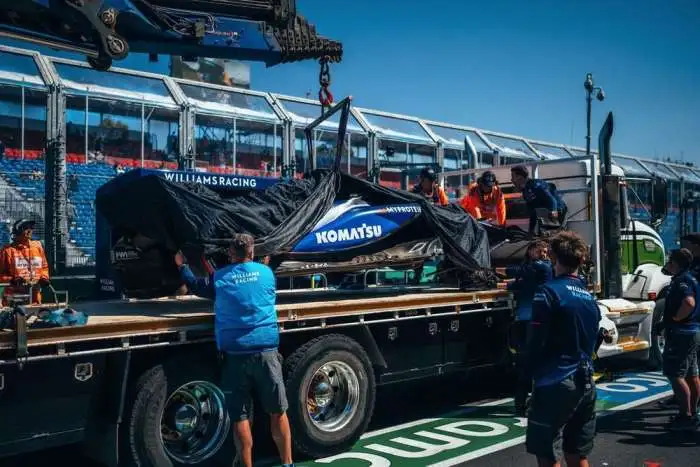
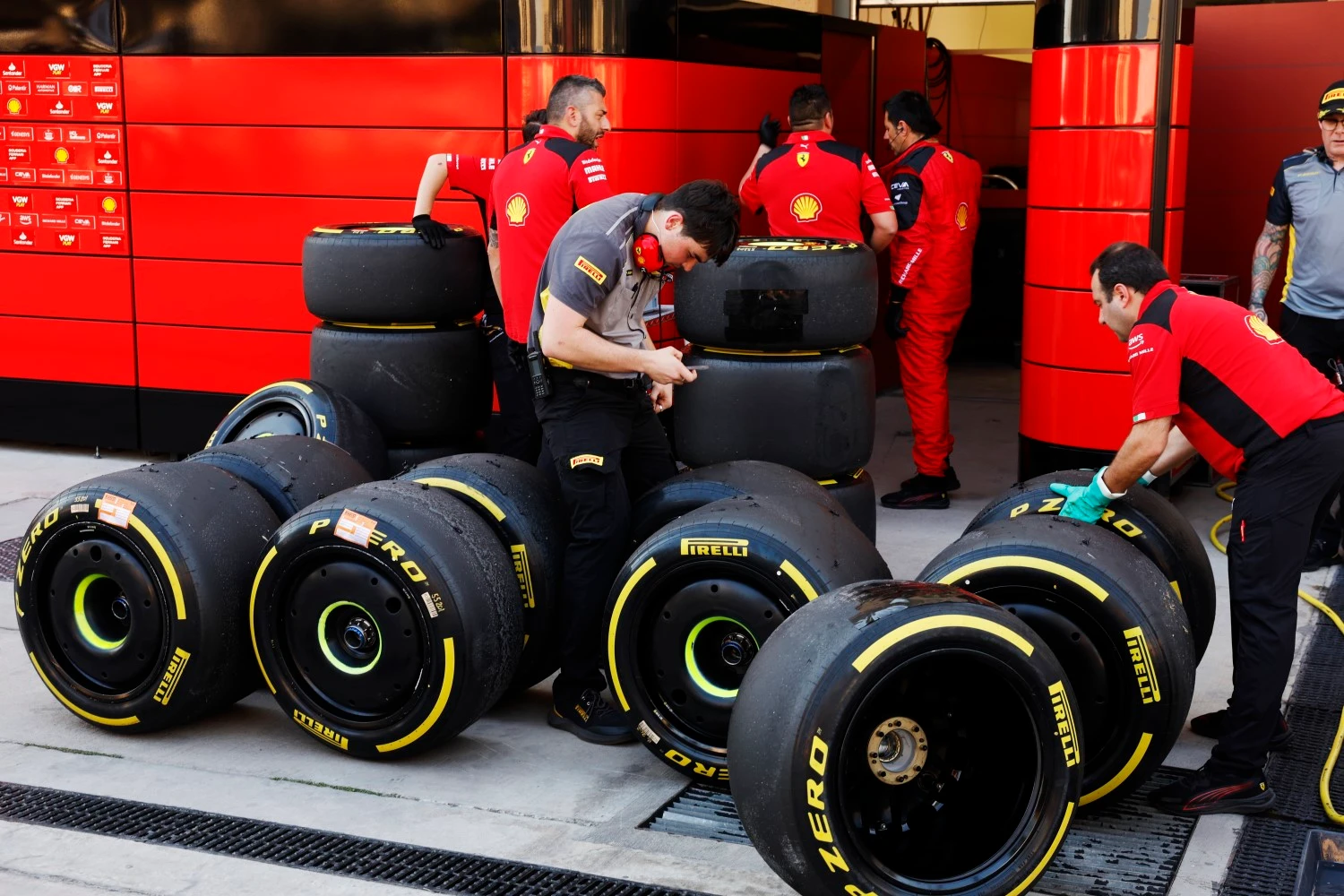

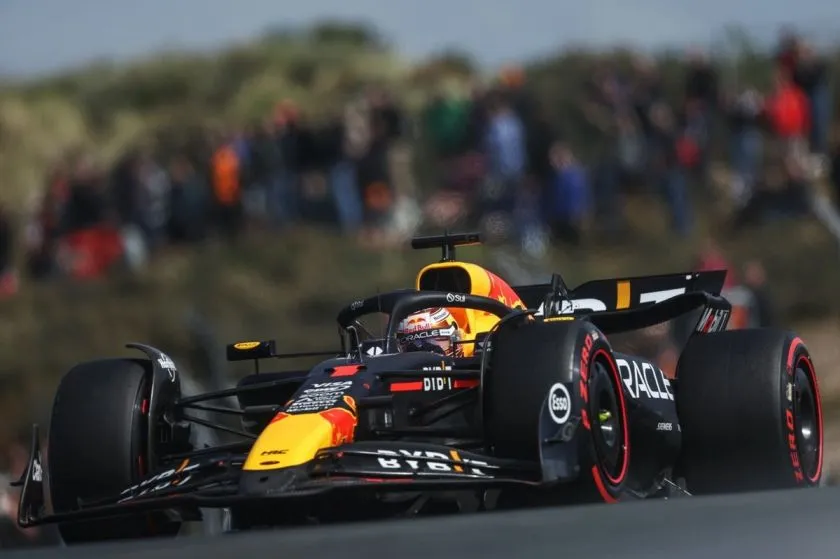






.webp)
 (1).webp)
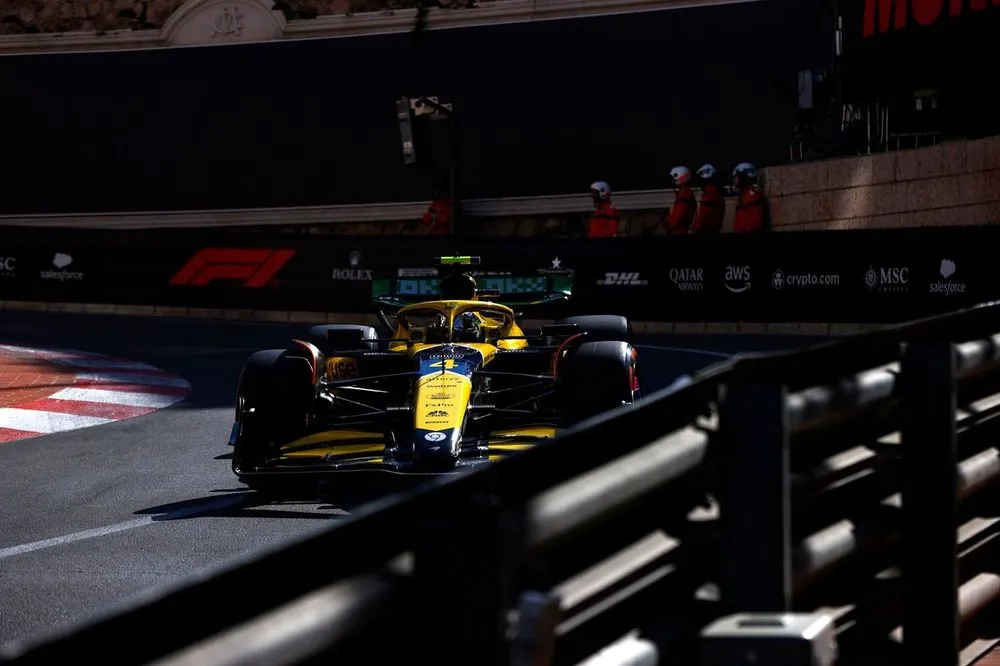
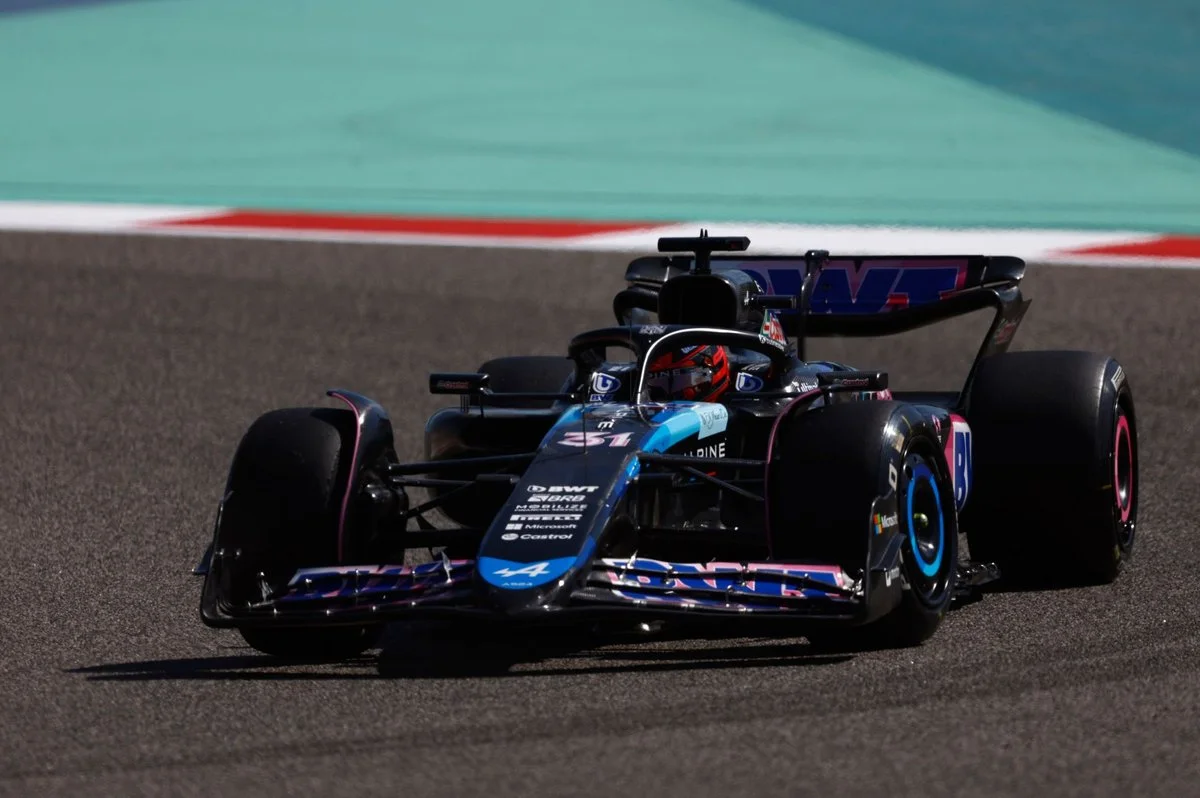
.jpg)



.webp)